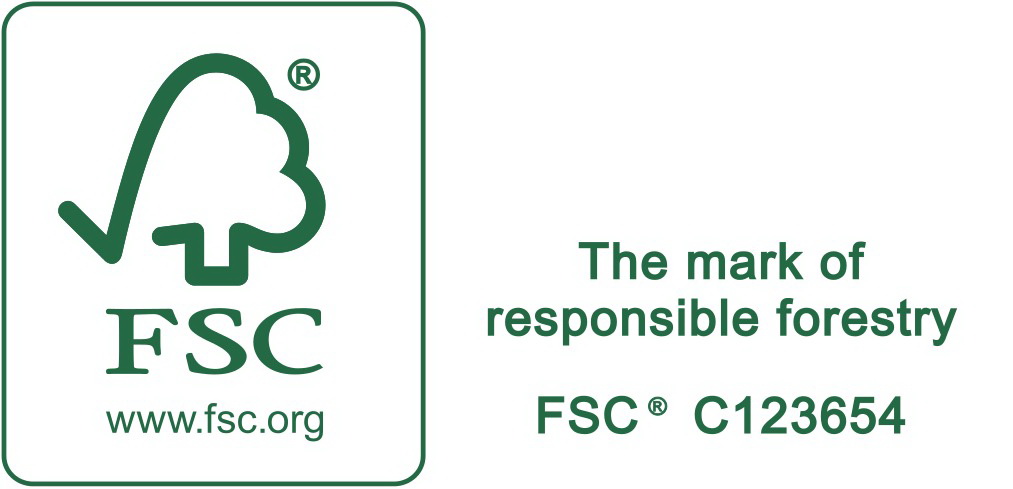You are here
FAQ
Each country has its own grading rules. Most common is using letters A, B, C & D for grading system. “A” means the best quality, while “D” plywood grade is the worst containing maximum number of blemishes. Plywood marked as “BB/CP”, for example, means that BB is the face layer and CP is the back side. Russian birch plywood is generally manufactured according to GOST 3916.1-96. In this standard plywood is divided into 5 grades: E, I, II, III, IV
Plywood is constructed of odd number of wood veneer plies glued together and cross-bonded. Method of construction distinguishes interior and exterior plywood. Plywood interior glued will be delaminated by water as the layers will come apart. Exterior plywood immersed in boiling water for 24-72 hours will not be delaminated. Exterior plywood costs more than interior and may be used inside and outside as the glue allows this usage. Interior plywood can be used anywhere inside
CARB (California Air Resources Board) was established in 1967 as a department within California Environmental Protection Agency. The purposes of CARB are providing leading attitudes for complying with air pollution regulations and rules; maintaining healthy air quality preventing people from harmful air contaminants. All products containing composite wood products must comply with the regulation. It applies to panel manufacturers, distributors, importers, fabricators, and retailers of hardwood plywood, particleboard, hardboards, medium density fiberboard (MDF), and finished goods containing those products for sale
“MR glue” means Moisture Resistant. This way MR glued plywood is resistant to moisture. While "phenolic" or "melamine" is the name of glue, MR is a kind of property of glue which is used in interior plywood manufacturing. Interior plywood can be used anywhere inside. WBP glue is used in exterior plywood production. Exterior plywood costs more than interior and may be used inside and outside as the glue allows this usage
The Forest Stewardship Council (FSC) was established in 1993 and supports socially beneficial, environmentally appropriate and economically viable management of the world's forests. It is international multi-stakeholder, not for-profit organization.
Benefits of FSC-certified products are: Environmental Protection (FSC's forest management standards prohibit harvest of rare forest, increase protection of water quality, prevent loss of natural forest cover and prohibit harmful chemicals); Community Engagement (FSC requires forest managers to protect customary rights of local population and engage community members); Credibility (anyone who accepts responsible forest management can become a member of FSC); ); Access to Markets (many companies give preferences for FSC-certified products). Plywood FSC certified means that it is produced according to the requirements of the Forest Stewardship Council
Generalized Scheme of Preferences (GSP) provides developing country exporters possibility to pay less/ no duty on their plywood and hardboard exports to the EU. In this way countries receive access to EU markets. On January, 01, 2014 the new GSP preferences under EU Regulation 978/2012 started to apply.
More than 80 countries and territories are no longer beneficiaries of GSP. As a result, plywood and hardboard products originating in these countries will no longer benefit from a preferential trade scheme upon importation into the EU. As the list of removed countries contains some major economies, products originating in these countries will be affected by the new regime. Russian and Belarusian plywood and hardboards as the goods originated in the mentioned countries are excluded from the GSP regime
Internationally are established regulations of transportation dangerous goods. In order to guarantee the safe delivery to the final point it is important to possess the knowledge of the product and transportation mode. Classification, packaging, labelling and marking of the material itself are significant. For dangerous goods transportation UN approved hardboard boxes and plywood boxes, certified fiberboard boxes for lithium batteries, packaging for infectious and biological substances and certified polyethylene bags. Also should be all required transport documentation corresponding to the regulations. Interior birch or birch/alder plywood of low grades is usually used for packaging production



